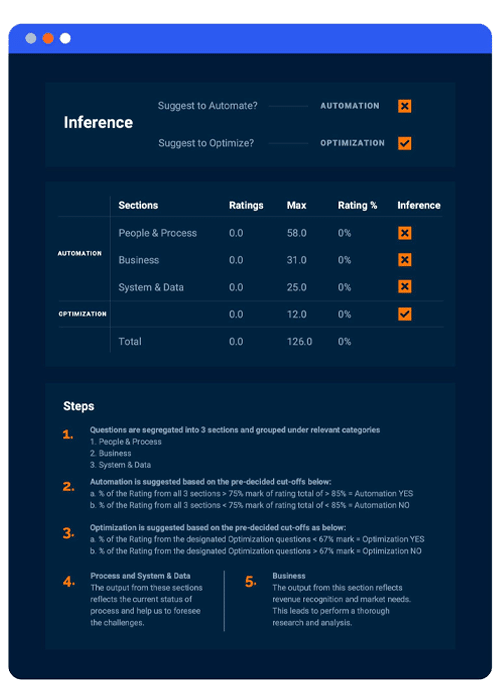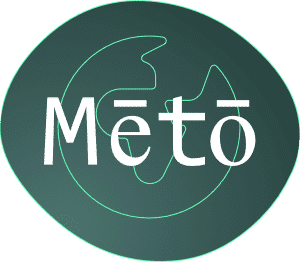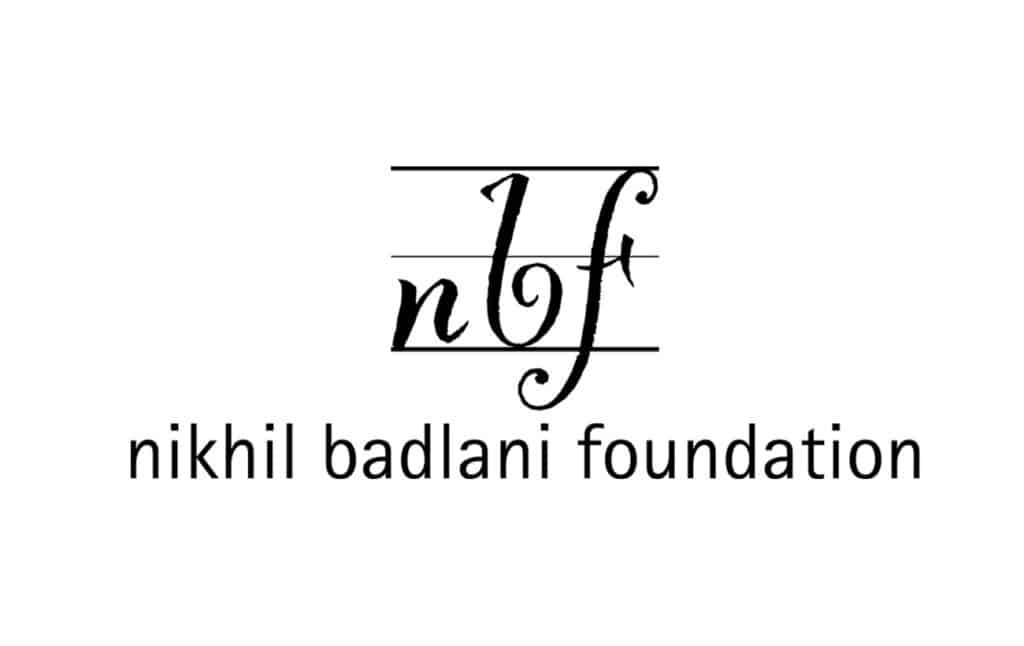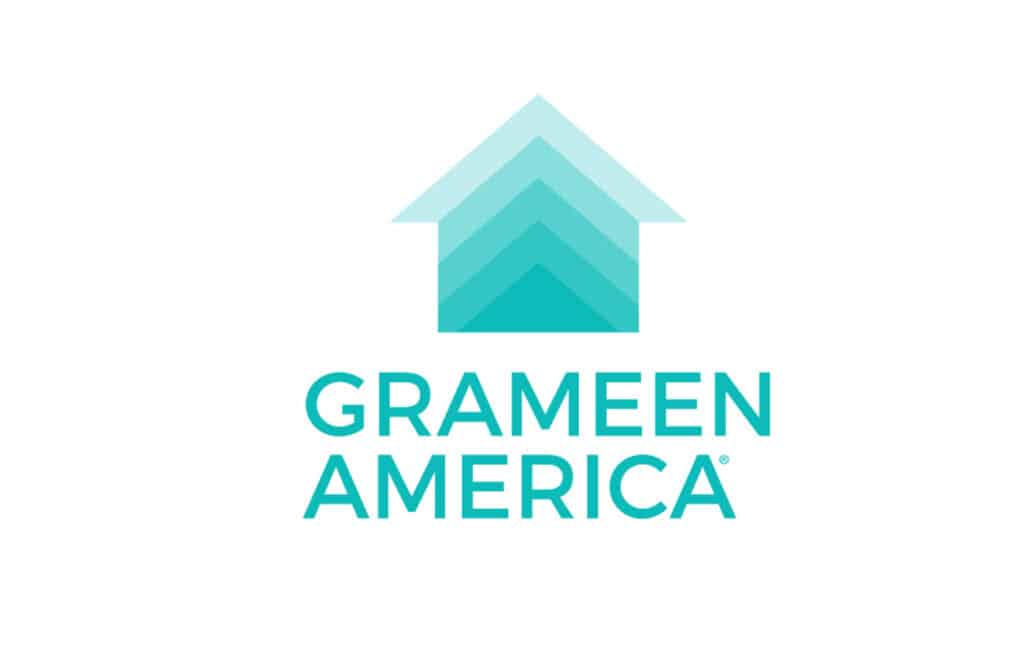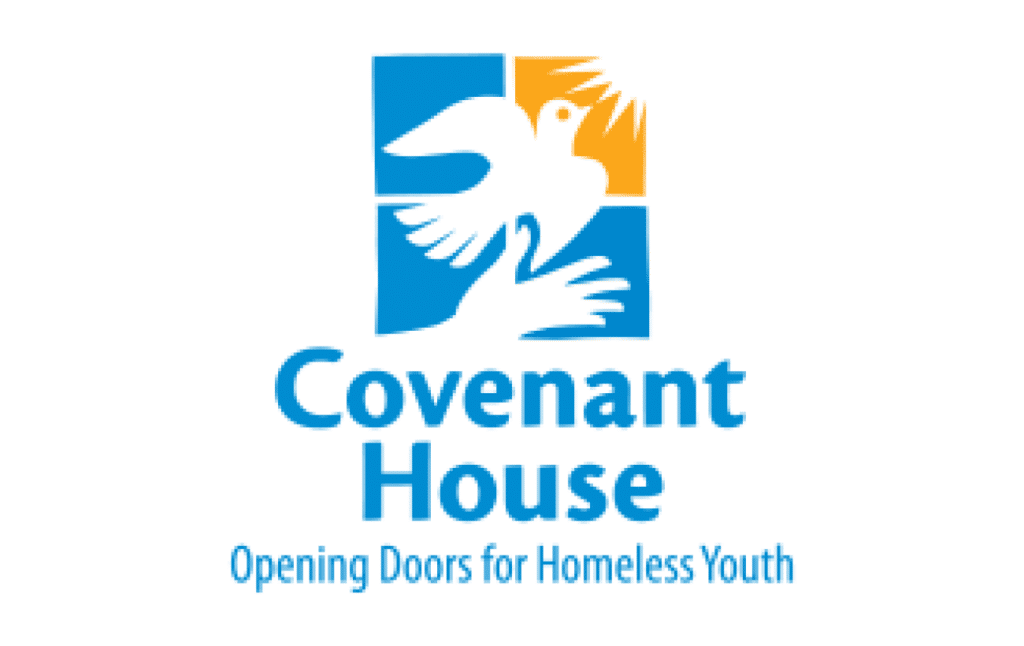As we outlined in our recent blog series on automation, implementing a successful marketing campaign automation strategy can have an enormous impact on your business’s bottom line. But in order to fully benefit from the investment, you need to have a game plan in place — one that takes the business side of automation into account fully and comprehensively before any tech solutions are put into practice. It also means calculating return on investment (ROI) in a detailed and nuanced way as you move forward, looking at long-term gains from multiple perspectives based on where your company is in its automation journey.
Calculating Total Cost of Ownership
TCO is the sum of all costs related to your automation tech stack — not just what you pay to have the technology installed and integrated into your marketing platform. In addition to upfront IT fees for licensing, procurement, and implementation, it includes ongoing operational costs for things like content production, platform maintenance, upgrades, and IT security.
Creating a scalable foundation and ensuring a healthy ROI requires calculating total cost of ownership (TCO) at the very start.
TCO also considers costs incurred to weave automation into the fabric of a company, from recruiting a center of excellence to evangelize the cause internally to upskilling and reskilling teams. In addition, it involves looking at an organization’s technology maturity to determine if they have the capability to build in-house or if they will need to invest in outsourcing.
Best Practices for Process Discovery
Another strategy essential for the proper evaluation of automation processes is the development and utilization of process discovery metrics. In addition to helping you determine which processes are best served by automation, process discovery gives you the opportunity to identify and prioritize the processes that provide the best return on investment.
Here at Theorem, we did this by creating a process intake form that would calculate the success of an automation task based on values assigned to specific rating criteria. We divided these rating questions into three relevant sections — People & Processes, Business, and System & Data — so we could determine which processes were the strongest from both technological and business perspectives. Once all data was entered and analyzed, we used the output to determine if a process should be automated or optimized.
Defining Organizational ROI Over Time
Few companies see the cost benefits of automation within the first year or two of implementation. Savings are mostly internal, derived solely from the investments made in technology and processes. ROI calculation, therefore, is purely cost-driven at this point, as automation is applied only to internal back-office projects.
But as a business grows and moves toward automating external, market-facing projects (i.e. front-office automation), its leaders can begin to evaluate their internal processes to determine if they can be used to achieve economies of scale. For example, if a business can expand and use their processes across multiple customers and clients, that’s when they’ll start to see incremental ROI. Ideally, this should happen within the second or third year.
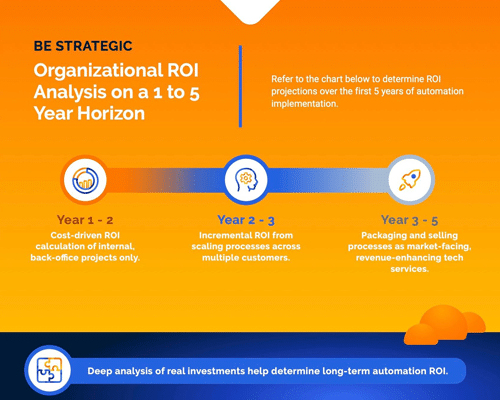
Once this foundational incremental ROI is established, it can be built upon over the next two to three years. As more automation processes are applied to front-office, market-facing projects, they can also be packaged and sold to outside companies as a service to generate revenue.
To Sum It All Up
It also involves looking at automation ROI from several different perspectives and defining organizational ROI expectations on a one to five-year horizon. This deep analysis is necessary to accurately identify the real investments of your campaign process automation.

